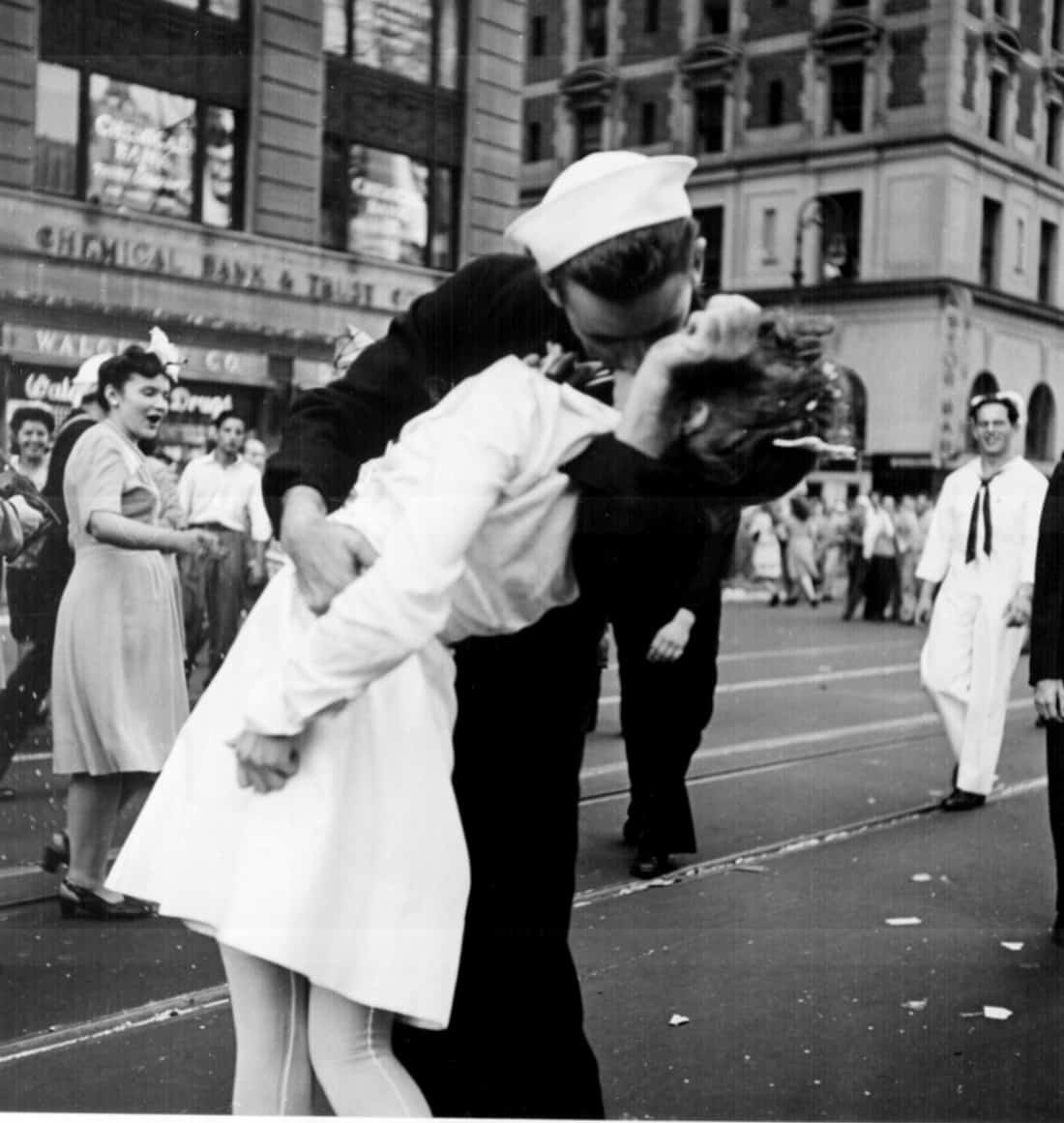Framing Streets Can Be Fun For Everyone
Framing Streets Can Be Fun For Everyone
Blog Article
All About Framing Streets
Table of ContentsThe Facts About Framing Streets Uncovered10 Easy Facts About Framing Streets ShownRumored Buzz on Framing StreetsThe 6-Second Trick For Framing Streets

Both at the Museum of Modern Art (Mo, MA). Motivated by Frank, in the 1960s Garry Winogrand, Lee Friedlander and Joel Meyerowitz began photographing on the roads of New york city. Phil Coomes, writing for BBC Information in 2013, said "For those of us curious about street digital photography there are a couple of names that stand apart and among those is Garry Winogrand"; movie critic Sean O'Hagan, writing in in 2014, claimed "In the 1960s and 70s, he defined street digital photography as an attitude in addition to a design and it has laboured in his shadow since, so conclusive are his pictures of New York." Returning to the UK in 1965 from the United States where he had met Winogrand and taken on street digital photography, Tony Ray-Jones transformed a wry eye on often surreal groupings of British people on their vacations or joining festivals.
Road photography is a large style that can be defined in lots of methods, but it is commonly defined by the spontaneous capturing of an unrepeatable, fleeting minute, typically of the daily going-ons of strangers. It is classically shot with broader angle lenses (e. g. 35mm) and typically includes urban environments.
Top Guidelines Of Framing Streets
Documentary professional photographers generally have actually a defined, premeditated message and an intent to record particular occasions in history (https://ameblo.jp/framingstreets1/entry-12836078313.html). The range of the docudrama technique includes elements of journalism, art, education and learning, sociology and history. In social investigation, docudrama images are usually intended to provoke, or to highlight the requirement for, societal modification
Road photography is typically seen as unposed and candid, yet there are a few road photographers that engage with complete strangers on the streets and take their pictures. Road pictures are unplanned portraits taken of unfamiliar people while out doing road digital photography, nonetheless they are seen as postured due to the fact that there is communication with the subject.
Photographing people and places in public is lawful in many nations safeguarding freedom of expression and journalistic freedom. There are generally restrictions on exactly how images of people might be used and most countries have details regulations regarding individuals's personal privacy.
Some Known Facts About Framing Streets.
The right to privacy is shielded by Short article 8 of the convention. In the context of photography, it stands up in arms to the Post 10 Of flexibility of expression. Courts will generally take into consideration the public rate of interest in balancing the civil liberties through the legal test of proportionality. While additionally limiting digital photography in order to protect personal privacy legal rights, road photography can still be lawful in France when sought as an art form under certain circumstances.

. that simply roamed into a scene), or who are not also identifiable in the photo. https://packersmovers.activeboard.com/t67151553/how-to-connect-canon-mg3620-printer-to-computer/?ts=1704869855&direction=prev&page=last#lastPostAnchor. It also does not typically reach people who are somebodies (e. g - 50mm street photography. politicians or celebs). If an image is considered art, the courts will certainly also consider the photographer's freedom of artistic expression; meaning that "artistic" road digital photography can still be legally released in specific situations
Top Guidelines Of Framing Streets
In Greece the right to take photos and publish them or market licensing legal rights over them as great art or editorial web content is secured by the Constitution of Greece (Short article 14 and other short articles) and complimentary speech legislations in addition to by situation legislation and legal instances. Photographing the police and publishing the photos is additionally legal.
In Hungary, from 15 March 2014 anybody taking photos is practically breaking the law if somebody wanders into shot, under a new civil code that outlaws taking pictures without the authorization of everyone in the photograph - 50mm street photography. This increases the regulation on grant include the taking of photos, in addition to their magazine
'Covert digital photography' (kakushidori concealed, surreptitious photography) 'swiped photography' (nusumitori with no intent of getting this hyperlink consent) and "fast photography' (hayayori before authorization and refusal can be offered) are restricted unless in the previous permission is gotten from the subject instantly after taking the image. People have legal rights to their pictures (shzken, droit de picture).
Report this page